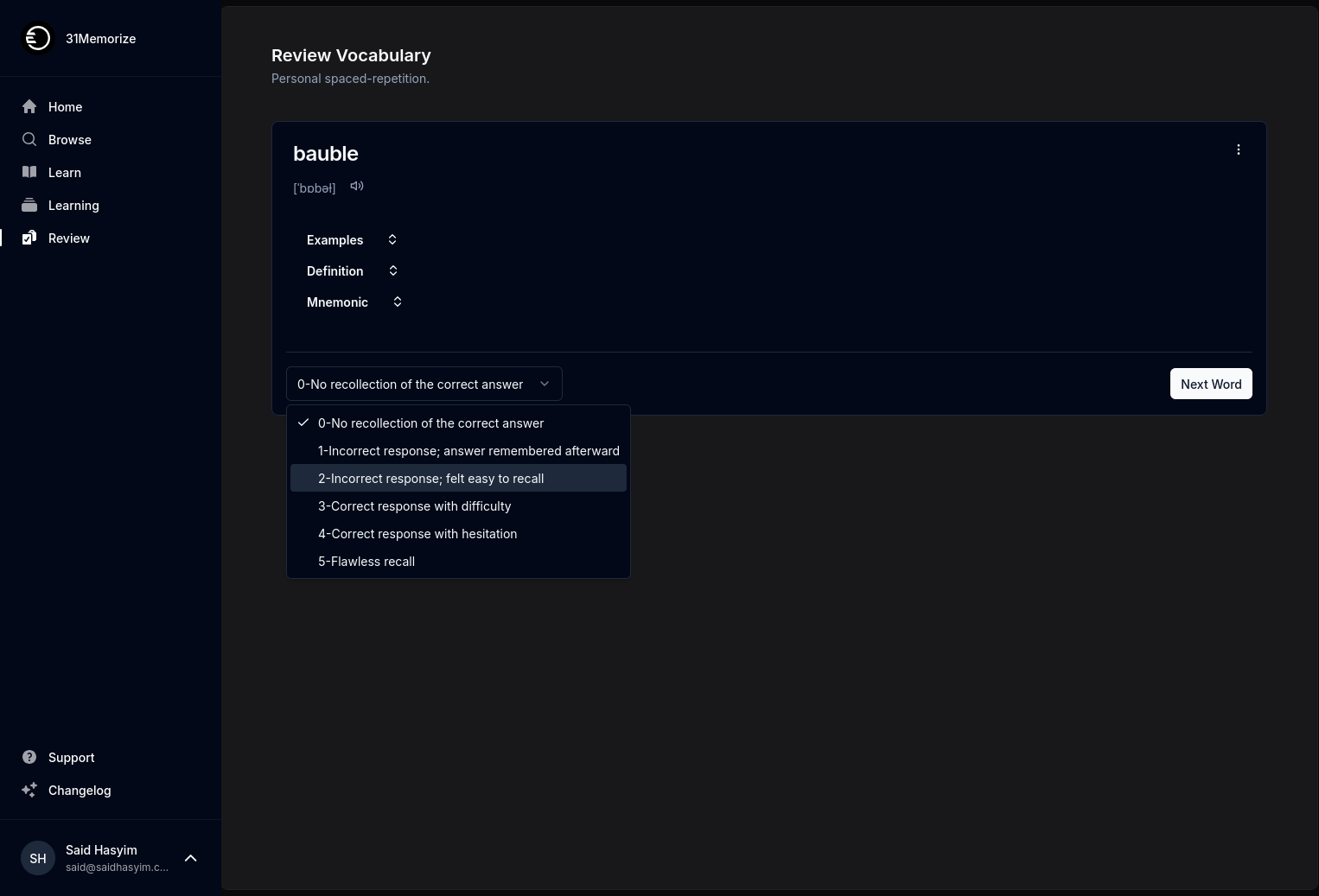Data-Driven Decisions for Book Marketing
In the ever-evolving landscape of publishing, authors and marketers alike are faced with an uphill battle: How to make their books stand out amidst a sea of competition. With the rise of digital technologies and an abundance of data at our fingertips, leveraging data for book marketing has become a crucial strategy for success. In this post, we’ll explore how authors can harness data-driven insights to create effective marketing campaigns that resonate with their target audiences.
Understanding the Value of Data in Book Marketing
Data-driven marketing is the practice of using data analysis to guide strategic decisions and optimize marketing efforts. In the context of book marketing, data can help authors understand their audience better, track campaign effectiveness, and ultimately, drive sales. Here are the primary reasons why data-driven decisions are essential for book marketing:
Audience Insights: Data allows authors to gain insights into who their readers are, what they like, and how they prefer to consume content. Understanding demographic information, reading habits, and online behavior can help tailor marketing strategies accordingly.
Effective Targeting: By analyzing data, authors can identify specific segments of their audience and target them more effectively. This targeted approach can lead to higher engagement rates and improved return on investment.
Performance Tracking: Data provides measurable results, enabling authors and marketers to evaluate the effectiveness of their campaigns. By continuously monitoring key performance indicators (KPIs), they can adapt their strategies in real-time for better results.
Optimized Spending: A data-driven approach allows for smarter budget allocation. By identifying which channels and tactics generate the best results, marketers can focus their resources on the most effective strategies.
Essential Data Points to Analyze
When diving into data-driven book marketing, there are several key metrics and data points to consider:
1. Sales Data
Your sales data will provide the foundation for understanding what’s working and what isn’t. Analyze trends over time, compare performance across different retailers or platforms, and adjust your strategies based on seasonal fluctuations or promotional periods.
2. Website and Social Media Analytics
Using tools like Google Analytics will help you gain insights into website traffic, user behavior, and conversion rates. Additionally, social media platforms provide data about impressions, engagement rates, and audience demographics, which are invaluable for fine-tuning your online presence.
3. Reader Reviews and Feedback
Analyze reader reviews on platforms like Goodreads and Amazon. Look for themes in positive and negative feedback. This data can serve as qualitative research to help refine your messaging, improve future titles, and enhance overall reader satisfaction.
4. Email Marketing Metrics
If you’re utilizing email marketing, track open rates, click-through rates, and conversion rates. This information can inform your content strategy, helping you to segment your audience and tailor your messaging for maximum impact.
5. Competitor Analysis
Keeping an eye on your competitors can provide crucial data. Understanding their marketing strategies, book pricing, and reader engagement can help you identify gaps in the market and opportunities for your own books.
Creating a Data-Driven Marketing Strategy
With the data in hand, the next step is to devise a marketing strategy that aligns with your findings. Here’s a step-by-step guide to creating a data-driven book marketing strategy:
Step 1: Define Your Objectives
Clarify what you want to achieve with your marketing efforts. Whether it’s increasing book sales, growing your email list, or building a community of readers, having specific goals will guide your decisions.
Step 2: Identify Your Target Audience
Utilize your data to create detailed buyer personas that capture your ideal reader’s demographics, interests, and reading habits. This understanding will help you craft targeted messages that resonate.
Step 3: Select Marketing Channels
Based on your audience insights, determine which marketing channels will be most effective. Consider social media, email marketing, content marketing, paid advertising, or public relations, depending on where your readers are most active.
Step 4: Develop Your Content Strategy
Create content that delivers value to your audience. This could include blog posts, social media updates, book trailers, or author interviews. Use data to identify what types of content perform best and adjust your strategy accordingly.
Step 5: Implement and Monitor
Launch your marketing campaigns and continuously monitor their performance. Track the KPIs identified earlier and stay agile—ready to pivot if something isn’t working.
Step 6: Analyze and Adapt
After your campaigns have run for a sufficient amount of time, analyze the collected data. Identify what worked, what didn’t, and why. Use these insights to refine your overall marketing strategy for future releases.
Tools to Consider for Data Analysis
While many tools are available today, here are a few categories worth exploring:
Website Analytics: Google Analytics, heat mapping tools like Hotjar, and social media insights provide valuable information about user behavior and engagement.
Email Marketing: Platforms like Mailchimp and ConvertKit provide analytics that track open rates and user interactions.
Surveys and Feedback: Tools like SurveyMonkey or Google Forms allow you to gather reader feedback directly, providing qualitative data that can guide future decisions.
Social Media Management: Platforms like Hootsuite or Buffer provide analytics for scheduled posts, audience engagement, and growth trends.
Conclusion
The world of book marketing is increasingly becoming data-driven, and the authors who embrace this shift will find themselves better positioned to reach their target audiences. By leveraging data, understanding reader preferences, and adapting strategies based on insights, marketers can create compelling campaigns that resonate with potential readers.
Remember, data is only as good as the actions you take based on it. By fostering a culture of experimentation and continuous improvement, authors can elevate their book marketing efforts and ultimately enhance their chances of success in the competitive literary landscape. Happy marketing!
